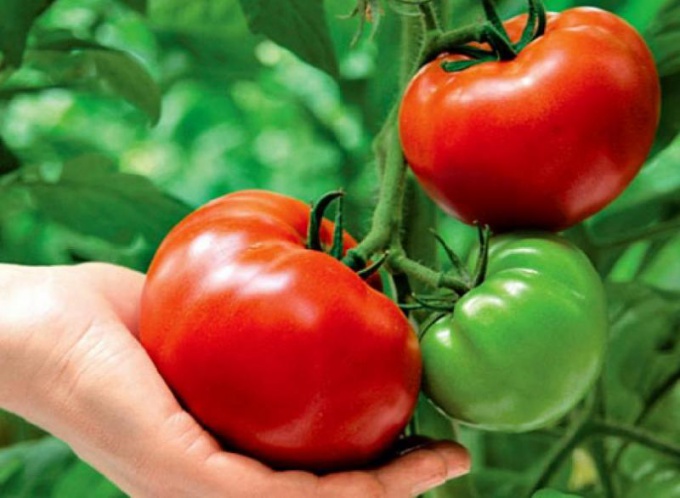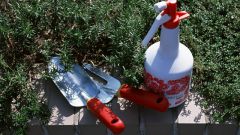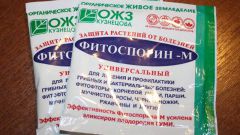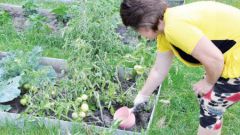Signs of Phytophthora and why it appears
Late blight affects, as a rule, only adult plants. When the disease is on the underside of leaves of tomato stains appear brownish with a white tinge, and stems are formed elongated brown spots without a touch. The fruits and the marvel of brown rot.
Humidity – such is the main cause of late blight. The most dangerous time for the appearance and rapid infection of solanaceous crops Phytophthora is the period of the long rains. The increase in humidity and decrease in temperature contribute to the beginning of active growth of the fungus. At this time, the gardener must be extremely attentive to the plants. The main attention should be paid to prevention of this disease.
Preventive measures to combat Phytophthora
Prevention of blight is needed not only during the growing season, but in the offseason. After harvesting, you must collect all residues and bury them in a special pit or even to take out from the site. The soil should be dug to a depth of about 20 centimeters. In greenhouses replace the top layer of soil. The ideal option is to observe the rotation, that is, the tomatoes to return to its original place only four years later.
Under tomato planting is necessary to choose well-warmed and lighted of a place without air stagnation. Tomatoes planted in the shade, in 90% of cases will be affected by late blight. Not thickening landings, spend time removing weeds.
In cloudy weather you can go without watering to once again not to tempt fate. Watering tomatoes in the greenhouse in a cool and damp day can be replaced by surface cultivation (so-called "dry irrigation").
If the night temperature is falling and there is a threat of severe development of late blight, it is recommended to remove green fruit from the bushes of tomato, to disinfect them in hot water and after drying, put on ripening in a dark place with a temperature below 25 degrees.
Drugs to combat Phytophthora
Since late blight refers to fungal diseases, to rid the plants of this scourge called a variety of fungicides that contain in their composition copper. Among them, the most accessible are considered copper sulphate and Bordeaux liquid.
During the growing season should process the tomatoes copper-soap emulsion. For its preparation you need to mix 2 g of copper sulfate and 200 grams of soap in 10 liters of water. This emulsion it is necessary to spray the plants.
The first time spraying should be carried out in the period of fruit set. Then the event must be repeated with an interval of 7-12 days. Spraying plants it is better to exercise in the morning. To raise the humidity at night is undesirable.
Well-established watering plants with a solution which consists of 30 g of potassium chloride, 40 drops of iodine. The ingredients you need to add 10 liters of water, mix everything and pour a landing rate of 0.5 l per plant.
For foliar feeding (spraying) can also be used such drugs as "fitosporin", "Axioma", "Kvadris", "Infinito", "Energen", "Hom", "Profit gold" and others. The shops provide a huge selection of fungicides. In essence, they differ little from each other.




